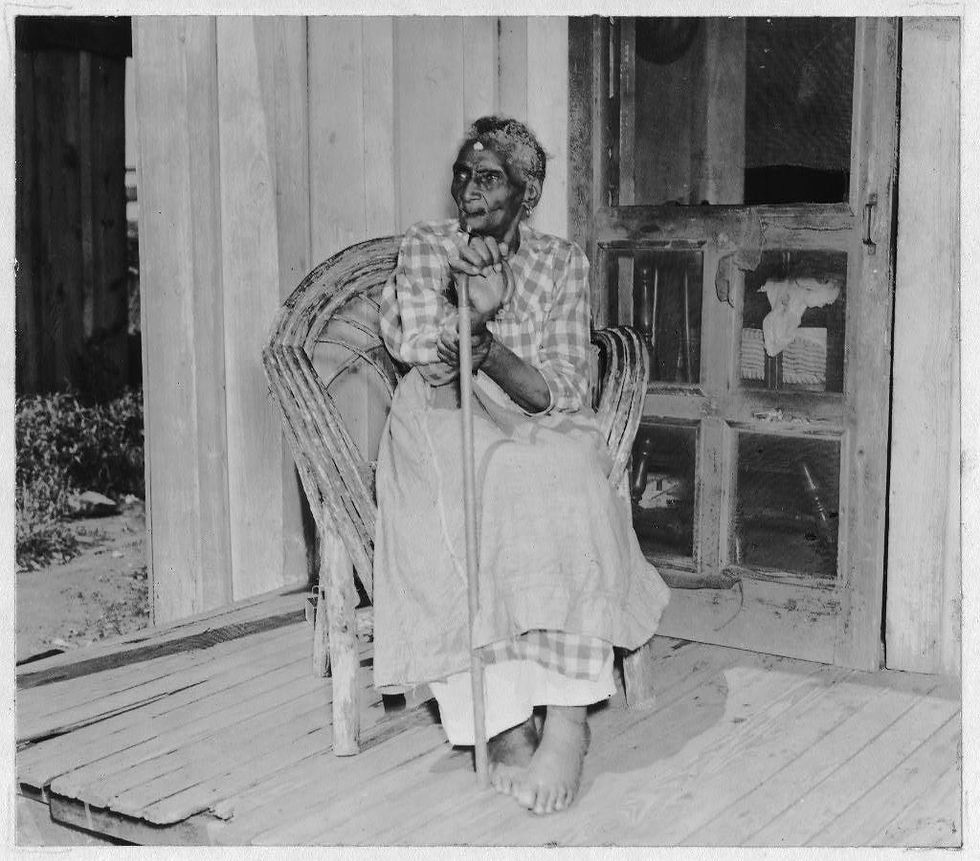Recipes and Memories
- Robin Cole-Jett

- Oct 15, 2019
- 2 min read

Lucinda Davis, a person enslaved by the Creeks and a resident of former Indian Territory, was interviewed and photographed by the Federal Writers Project in the late 1930s.
Polly Colbert was 83 when the Federal Writers Project interviewed her. Her story and dozens of others have been compiled in several volumes of “Born in Slavery” (1936-1939) that can be found in the Library of Congress.
While the Federal Writer’s Project was initially created to provide paid employment to teachers and journalists during the Great Depression, the work they compiled has become some of the best cultural documentation of American people and their histories.
Polly was enslaved by Holmes and Betsey Colbert along the Red River in Bryan County, Indian Territory. Her narrative reveals long-forgotten recipes she learned as a girl enslaved to Choctaws and Chickasaws.
Following a few of the recipes; they have been transcribed by me as they’ve been written by the interviewer, who apparently tried to recreate accents in written form. There is on-going debate if transcriptions like this are professional. The entire interview can be read on the Library of Congress – https://www.loc.gov/resource/mesn.130/?sp=37
(Please note that the interview includes archaic and harsh words that are now considered unacceptable).
“We cooked all sorts of Indian dishes: Tom-fuller, pashofa, hickory-nut grot, Tom-budha, … corn or corn meal was used in all de Indian dishes. We made hominy out’n de whole grains. Tom-fuller was made from beating corn and tasted sort of like hominy. We would take corn and beat it in a wooden mortar wid a wooden pestle. We would husk it by fanning it and we den put it on to cook in a big pot. While it was cooking we’d pick out a lot of hickory-nuts, tie ’em up in a cloth and beat ’ema little and drop ‘e in and cook for a long time. We called dis dish hickory-nut grot. When we made pashofa we beat de corn and cook for a little while and den we add fresh pork and cook until the meat was done. Tom-budha was green corn and fresh meat cooked together and seasoned wid tongue or pepper-grass.”
The photograph is of Lucinda Davis, who grew up as an enslaved person in the Creek tribe and for most of her life, only spoke Creek. She called hickory-nut grot by its Creek name, sofki: “… you pound up de corn real fine, den pour in de water and dreen it off to git all de little skin from off’n de grain. Den you let de grits soak and bile it and let it stand. Sometime you put in some pounded hickory nut meats.”
While the transcription and interview may not meet standards for today, the information contained therein is incredibly valuable.









Comments